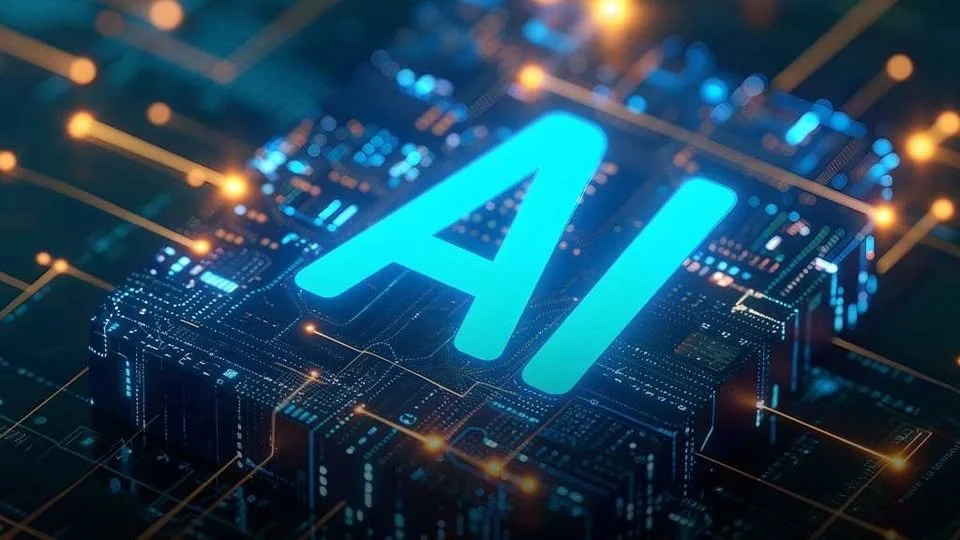How to harness the power of AI in biophysics, and vice versa?
Recent years have seen an explosion in the number of studies developing and using AI tools in a wealth of research areas. A prominent advance has been the development of AlphaFold as an AI-enabled tool for predicting protein structures. Many other data-driven tools have gained traction in various areas of biological, biomedical, and pharmacological sciences. Current AI-powered approaches are a natural culmination of decades-long efforts to generate, organize, and collect data on physicochemical properties, structures, and interactions of biomolecular systems. In the same way as AI benefited from this accumulation of knowledge, LC members are now in a position to harness the power of fundamental principles, theories, and methods of physical sciences to build interpretable AI tools. This is an excellent opportunity to combine these two fields to tackle challenging problems in complex diseases and personalized medicine.








